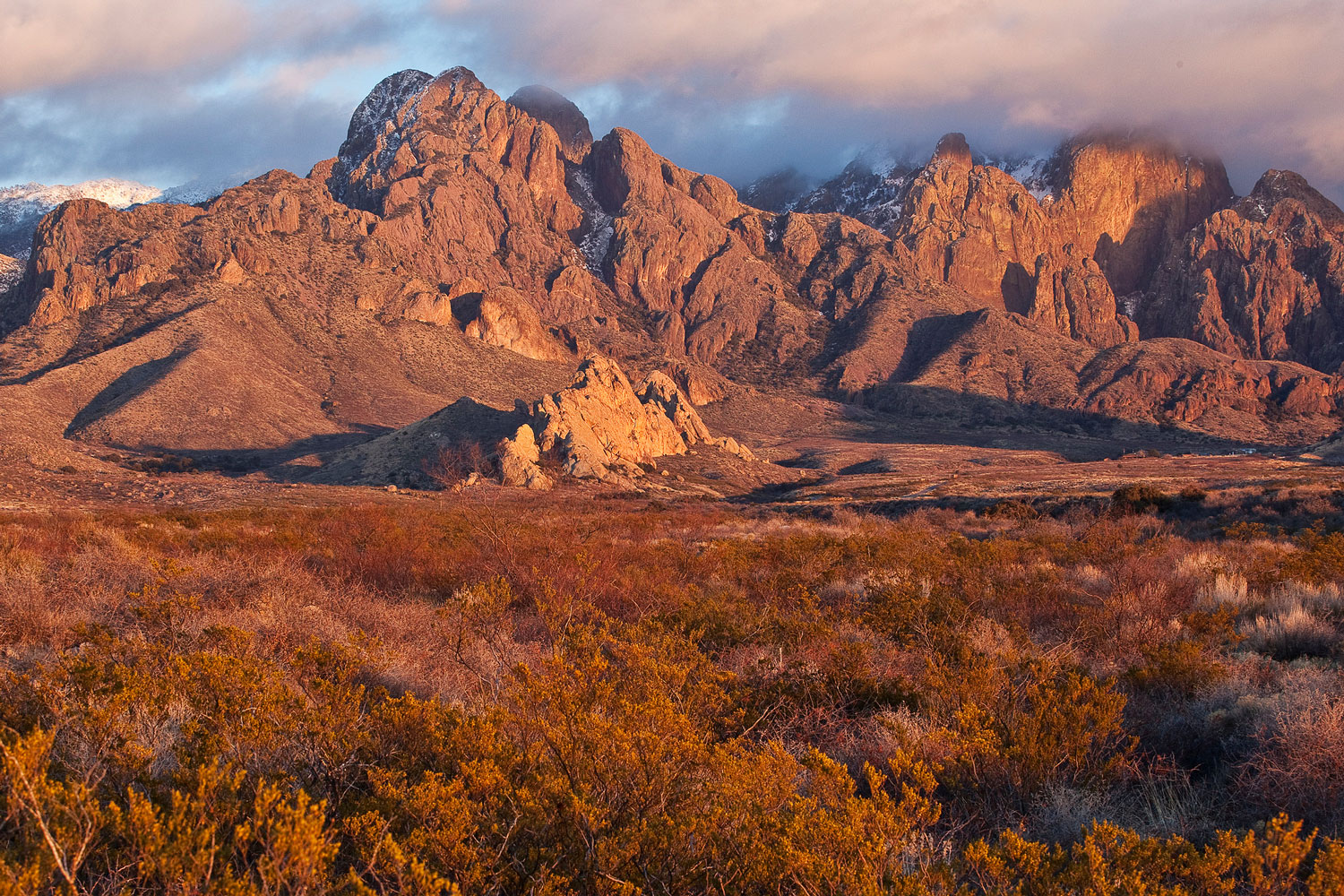New products aren’t the only focus at the landmark firearms industry trade show in Las Vegas
Our staff was on the ground in Las Vegas, Nevada, this week for the Shooting, Hunting and Outdoor Trade (SHOT) Show—the largest firearms industry conference of its kind—and I am pleased to report that the spirit of conservation is alive and well at SHOT.

If you were to stand in the main thoroughfare of the Sands Expo Center—where 62,000 industry professionals, including buyers, marketers, and media, are streaming through the doors to a showroom bursting at the seams with 1,600 exhibitors launching innovative new products—you might only see commerce. And it’s true that, at SHOT, the economic impact of the shooting sports hits you, well, right between the eyes.
But over the last three days, our conversations on the floor, in events, and with colleagues new and old have been about a much bigger picture: collaboration, a sense of responsibility, and an openness to change that will undoubtedly come. Brands want to showcase their commitments to tradition and ethics, including conservation. They want to serve the underserved. They want to examine what’s working (and not working) in the marketplace and in our sports.
Rocky Mountain Elk Foundation wants our community to show the country that #HuntingIsConservation. Outdoor Life magazine wants hunters and recreational shooters to think about the North American Model of Wildlife Conservation, fed by excise tax dollars—it’s a success story, but should it remain unchanged?
At the TRCP’s annual Conservation Roundtable on Wednesday, competitive shooting luminary Julie Golob stood in front of conservation group leaders, state and federal wildlife agency directors, and members of the outdoor media and called for better collaboration on policy issues outside the scope of the second amendment. As a well-recognized shooter, she’s a champion of the right to bear arms, of course, but as a hunter and a mom, she doesn’t want to feel sequestered from efforts to improve conservation. And now is the time to unite on our issues.
That’s why we asked roundtable attendees to forecast which conservation priorities our community should rally behind in a presidential election year and what one issue they’d ask a candidate to address—an appropriate topic to mull over with Donald Trump waiting in the wings to present at the Outdoor Sportsman Awards ceremony Thursday night.

The National Wildlife Federation’s Lew Carpenter said, definitively, public lands staying in public hands. Nick Wiley, executive director of the Florida Fish & Wildlife Conservation Commission, suggested more creative partnership between state and federal agencies on wildlife management. Miles Moretti, president and CEO of the Mule Deer Foundation, touted using sage grouse conservation as a new model for collaborative solutions in the face of declining species. Some suggested taking a good, hard look at the Endangered Species Act itself.
Howard Vincent, president and CEO of Pheasants Forever and Quail Forever, pointed out that the idea of clean, abundant water touches all of our issues on public and private lands. It powers the fishing industry, certainly, but it also connects the interests of sportsmen, agriculture, cities, and wildlife under one very basic notion: We all need it. We all need places to pursue our sports, as well. The TRCP’s Joel Webster reiterated that access to hunting and fishing on public lands is the great equalizer—it doesn’t matter whether you get there on a private jet or on a Schwinn, those lands are yours to explore and they should be protected.
Armed with these rallying points and the enthusiasm felt from all sides at SHOT Show, I think we’re all hoping to get caught in an elevator with Mr. Trump.







I have one question for you.. Do you have any idea what Trump did to the land in Scotland, trying to build his resort.. please educate yourselves.. he doesn’t care one bit about conservation.. but he will be quite enthusiastic to however, build as many roads you want to build on public lands…that is not conservation…